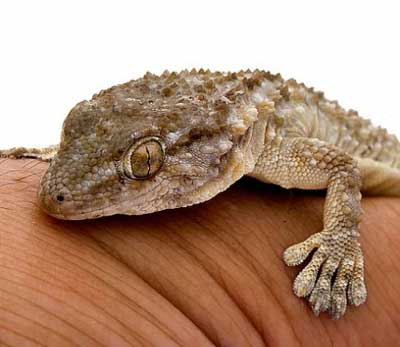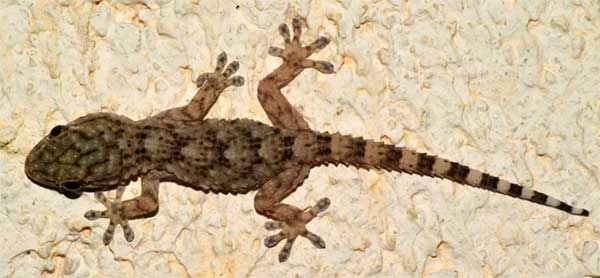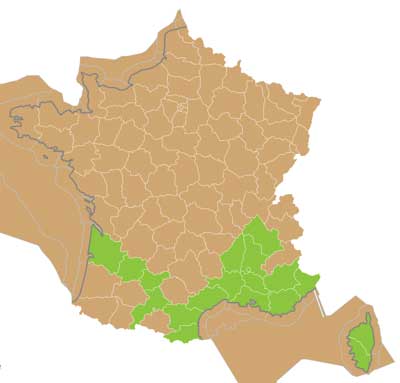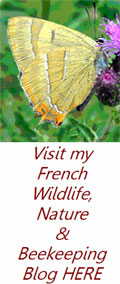
Common wall or Moorish Gecko (Tarentola mauritanica) Tarente de Maurétanie
The Moorish or Common Wall Gecko has a stocky appearance. They are about 15 cm long, around half of which is their tails. Exceptionally they can reach a total length of 19 cm.

Although they are mainly brownish grey this varies according to environmental conditions and their exposure to light and its intensity. Studies have shown they can change colour quite rapidly and when exposed to strong sunlight they can be almost black but become very pale in the darkness of night. Their underside is a uniform cream or pale yellow colour and their body is covered with conical tubercles (or warts) in 10-14 regular dorsal-lateral lines. Their eyes are without moving eyelids (like snakes), with a greyish iris and their vertically shaped pupil is able to expand to become round in the dark, like a cat. This versatility is important because although they are mainly crepuscular or nocturnal near humans where they frequently hunt near light sources they are more often active during daylight in natural environments and even enjoy full sun.

They have enlarged fingers and toes that have 12 undivided sub-digit adhesive strips. In addition, claws are visible only on the third and fourth toes. These features, including the large amount of tiny hairs (mushrooms) they have on their lamellae, enable them to walk upside down on most surfaces.
Females' heads are thinner than those of the males; otherwise sexual dimorphism is not very marked. Young are recognised by their clear tail with dark rings.
They will use a wide variety of habitats. They are common in rocks, tree trunks, ruins and buildings. They live side by side with humans and are common in small urban centres, villages, city outskirts, and in large infrastructures such as bridges and motorways tunnels. Prey is almost exclusively comprised of insects and spiders.
They are an oviparous, (egg producing), species. Reproduction occurs in spring and early summer. When they are rutting they will make vocal sounds to defend their territory. During mating the males hold the females with their mouths by the belly to stimulate them. Females usually only lay twice a year with 1 or 2 eggs each time using fissures in walls, rocks or trees. The incubation time is 55 to 98 days. At hatching the juveniles measure 4 to 5 cm.
Hibernation or over wintering takes place from November until March in sheltered frost free places.
Threats: Nocturnal raptors, various snakes and some carnivorous mammals. Domestic Cats can have a strong detrimental impact locally.

Protected species in France



